
Calisthenics for beginners: exercises and routine
Calisthenics routines for beginners, exercises by level, and complete workout to progress safely and effectively.

It is probably not an effort for you to spend hours playing video games, watching Tiktok, Instagram, YouTube or Facebook. Even surely many times you are absorbed by these activities without even realizing it, like you do them almost unconsciously.
However, when it comes to going to train it is not so easy anymore, it requires you to arm yourself with willpower, your brain is looking for excuses not to do it, and it seems that you are having a real battle against yourself.
At first glance it may seem that this is because watching social networks or playing video games does not require physical effort and training does, but is that all? Why are there people who can train 5 or 6 times a week, for hours, without the need for willpower? How can these people enjoy training so much and are looking forward to the next session?
In this article we will unravel how to use the biology of your brain to make training as easy and appealing as looking at your mobile or playing video games. We will explain theoretically how this system works and we will see practical steps applicable from now on to begin our new stage of Calisthenic Demigods.
To begin to understand how we are going to carry out this process we have to talk about dopamine.

Dopamine is a neuromodulator that regulates different functions in our body, but what interests us right now is the motivation system to perform an action or behavior, the reward we get from it, and the desire to do it again.
I warn you that, like everything in the human body, this is a super complex and intricate system, so now I am going to explain it to you in a simplified way so that it serves us for the purposes of what we want to achieve with this article.

When we think about carrying out a certain action or a certain behavior, our brain anticipates the dopamine reward that it will give us and that motivates us to take action, even if that action consists only in picking up your smartphone.
There are behaviors that generate a relatively mild dopamine response, such as working out, reading, talking to a friend. And there are behaviors that are designed to generate a much greater dopamine response, such as scrolling through social networks, junk food, pornography or drugs.
For example: If you are hungry and you see a restaurant that serves homemade and healthy food and next to it you see this…

Your brain will anticipate a greater dopamine response to this option, so your tendency will be to choose it, although for sure the healthy food option will be much better for you, both shortly after finishing eating and long term. But the immediate response right at the moment you're eating is greater with junk food, and that's what matters most to your dopamine system.
As we experience these behaviors, our brain generates tolerance to the dopamine that we receive from them and our base levels of this neuromodulator drop, so we increasingly need to carry it out... and each time it generates less reward, so we need more and more.
For example: One of the ways to get a higher dopamine response is with internet pornography. If you look at it, the first few times you watch any video you have more than enough, your brain responds super powerfully, but as time goes by you will need more and more extreme videos, and it will not be unusual for you to have a lot of open tabs with all kinds of aberrations.
The logical consequence of all this is that when faced with healthier behaviors that are better for us, such as healthy food or having relationships with a real person, our brain anticipates that the dopamine response will not be sufficient at all and therefore we are not motivated to carry them out, with the number of negative consequences that this generates.
Other behaviors that generate very high amounts of dopamine and therefore create the need for more and more are drug use, gambling, video games and social networks.

But why do these behaviors generate that desensitization and that dependency or addiction, and yet healthy behaviors like training, reading or eating healthy don't?
To understand this there is an analogy that is quite useful and visual. Think of your dopamine levels like a swimming pool that is almost filled to the brim. Healthy behaviors like working out generate small spikes of dopamine that form waves of mild intensity, so when you calm down the pool is back to how it started.
However, behaviors such as video games, pornography or drugs generate much bigger spikes or waves, causing the pool to overflow, so when you calm down again the pool has less water than at the beginning, and your brain wants to refill it, so you look for this behavior again, but this time you want a little more than before, and you generate a bigger peak that overflows the pool again, making it emptier and you need more and more. This is how addictions are generated.
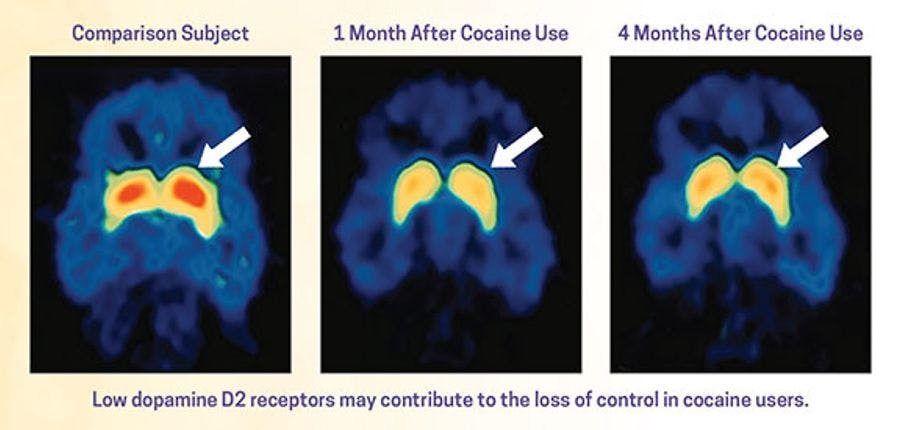
How can we get back to normal, healthy levels in this “dopamine pool”? It is easy to explain, although perhaps a little bit difficult to carry out, you just have to avoid these behaviors that generate big spikes, hold on and little by little it will fill up and you can start from 0.
Depending on how long you have been with these dopamine behaviors and how extreme they are, it will take more or less time to return to normal and the feeling of lack or deprivation will be stronger, and you will have to fight against it. In some cases, you may even need to seek professional help.
Let's go to the practical application, how do we get our brain to feel that desire, that anticipation of dopamine and that you are looking forward to training every day?
1st Key: Detox
The first step would be to detox, start reducing or avoiding all those behaviors that generate high levels of dopamine: video games, junk food or sweets, pornography, constantly checking and scrolling on social networks, YouTube, Twitch, Netflix etc. Replace these behaviors with others that do not generate as much dopamine like: reading, watching educational videos, talking with your friends or loved ones, meditating, planning or setting goals, taking a walk, cooking and eating healthy food, etc.
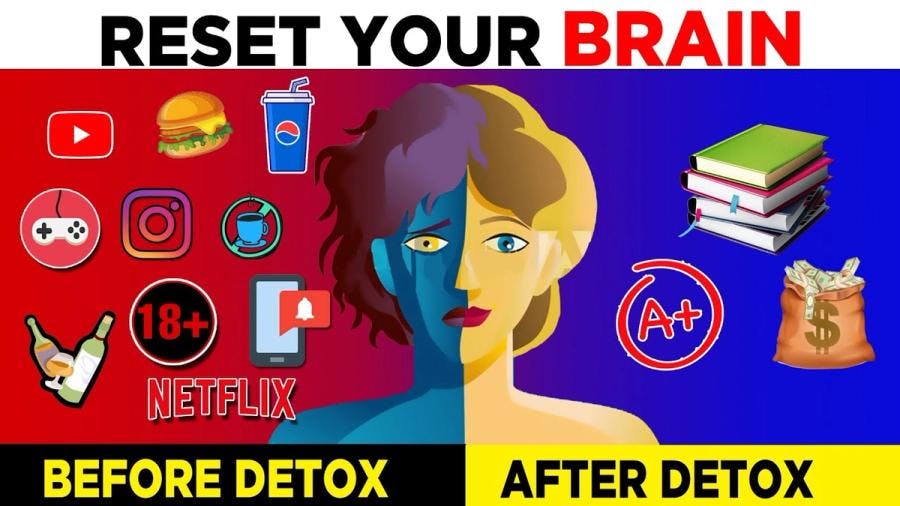
Obviously this is not easy, you are going to feel that lack and that need to carry out these dopamine habits, but you must be strong and you must embrace boredom.
You must understand that for the goal we want to achieve it is good and even desirable that you feel a little "bored", although perhaps it would be more correct to say that you should avoid feeling over stimulated. Do not see the need to always have something to do or something to watch, accept the idea of having quiet moments or even "boredom".
From there, if you manage to normalize your dopamine levels, the following steps will be much more effective.
2nd Key: Associate dopamine with the training itself
Now what we are going to do is try to get your brain to see the training as something that generates more dopamine, and therefore motivates you more to carry it out. For this I propose the following measures:
1. Plan the routines and visualize them as a challenge or game in which to achieve achievements or results. If your training method consists of going to the park without anything very planned and then doing a routine that comes to you or the first one you find on the internet or in Calisteniapp, your brain will not generate much anticipation.
But now imagine that you sit down before going to train and you start to think and visualize what goals you want to achieve in the short, medium and long term, then you start to think or choose what routine you are going to do today, what exercises are going to cost you more, which ones do you think you can achieve, which ones will be a challenge, and that during the routine you will be checking if you achieve these "achievements" or not.
If you do it like this, your brain will anticipate more dopamine and therefore you will have more desire to go to train. This method is the one used by many video games with the achievement system, so it is more than proven that it works, just learn to use it to your advantage with your training.
In future Calisteniapp updates we will try to add achievements to help you in this regard. A little extra trick is that if you really like coffee, you can schedule it so that your time to drink the coffee is the same as when you plan your routine for the day or review your results from the day before, thus you will associate a more positive experience and you will take advantage of the dopamine of coffee in your favor.
2. Choose routines and exercises that you like and find motivating. As you progress in your training, you will learn which exercises you like the most, which ones you hate, which type of routines you find most motivating, which ones you suffer the most, etc. Take advantage of this to your advantage to design workouts that you feel like doing as much as possible.
3. Allow yourself dopamine behaviors during training: music, checking social networks, etc. For example, you can try not listening to music for the rest of the day and only put it on when you are training. You can also try looking at notifications and social networks as little as possible during the rest of the day, but allow yourself to look at them in the breaks between series and series. Of course, make sure you have a timer set so that you do not get lost and waste more time than necessary.
3rd Key: Associate dopamine as a reward for training
The last technique that we are going to use is to take advantage so that the behaviors that we do that generate more dopamine are associated as a reward to the training.
For example, you can try to eat the most palatable, sugary foods only after a good workout. If you have to treat yourself to a treat or cheat meal, let it be as a reward for having trained hard.
Also, when you have finished the training, try to enjoy as much as possible the sensation of pumping, the sensation of having worked your body well, take photos or record videos to enjoy your progress and review what achievements you made in this routine.
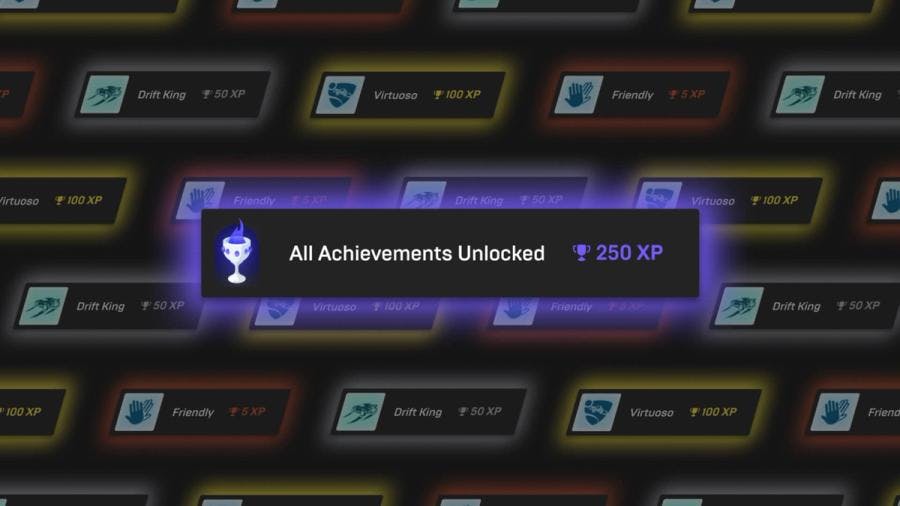
With all this, your brain will begin to associate an increasing dopamine response with training, without reaching unhealthy limits, and therefore you will increasingly want to go training and your own unconscious will move you towards it.
Imagine what results you would have if every time you're bored lying on the couch your brain unconsciously wanted you to go train.
In addition, the techniques that we have seen in this article can be used for other activities that are beneficial for you but that are not usually as addictive, such as reading, studying, working, having good social relationships or healthy food itself. Imagine what your life and your future would be like if your brain was wanting you to train, study, work, socialize and eat healthy every day... the possibilities are very promising.
I hope this article will be of great help to you and that little by little you will progress and meet all your goals.

Yerai Alonso
Cofundador de Calisteniapp, referente en calistenia y el street workout en Español. Con más de una década de experiencia, es creador de uno de los canales de YouTube más influyentes del sector. Autor del libro La calle es tu gimnasio, campeón de Canarias y jurado en competiciones nacionales e internacionales.
Join our newsletter
Learn everything you need to know about calisthenics

Calisthenics routines for beginners, exercises by level, and complete workout to progress safely and effectively.
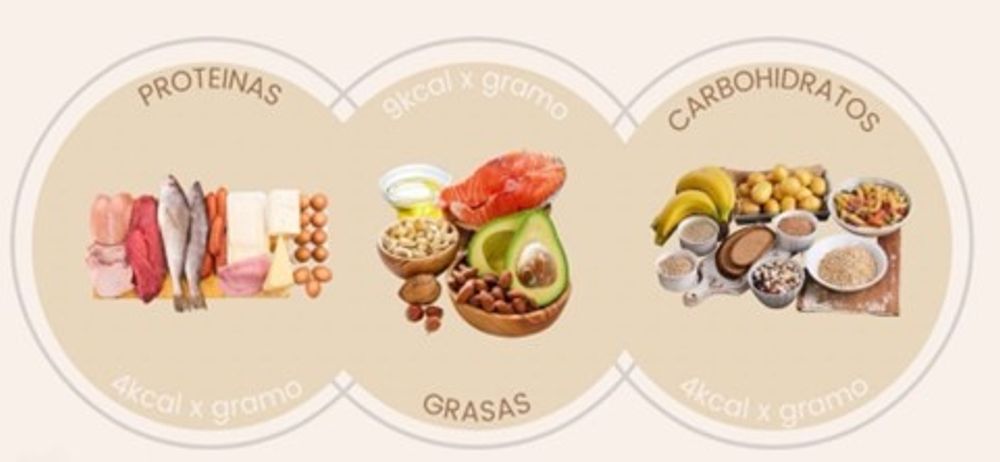
Learn all about macronutrients: their roles, types, and the importance of nutrient timing for sports performance. Read our complete guide for athletes.
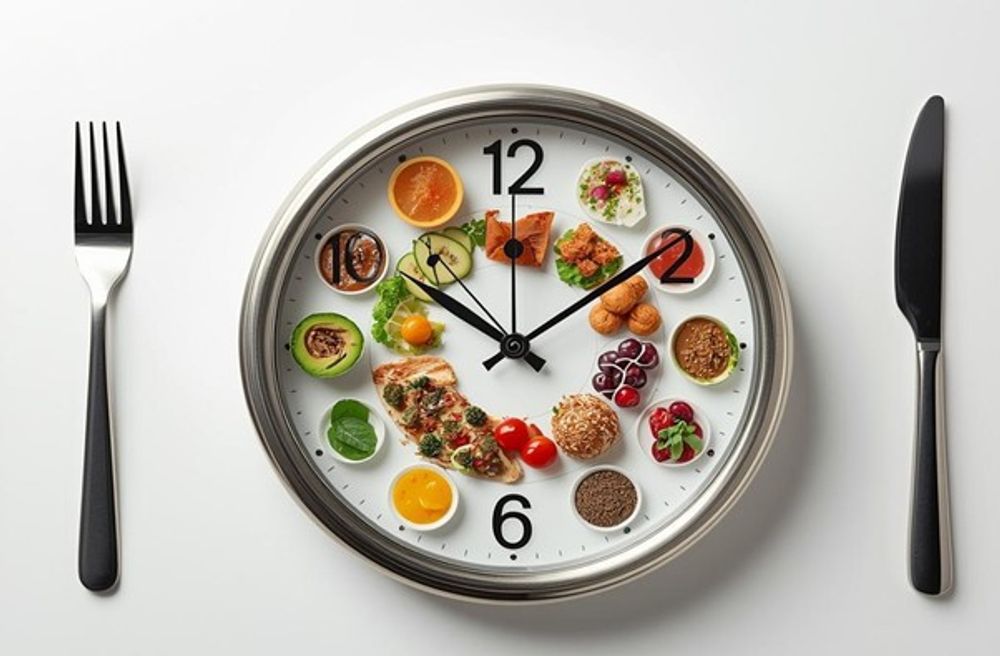
Not sure what to eat before training calisthenics? In this article, we explain the ideal pre-workout nutrition based on your specific type of training session.
